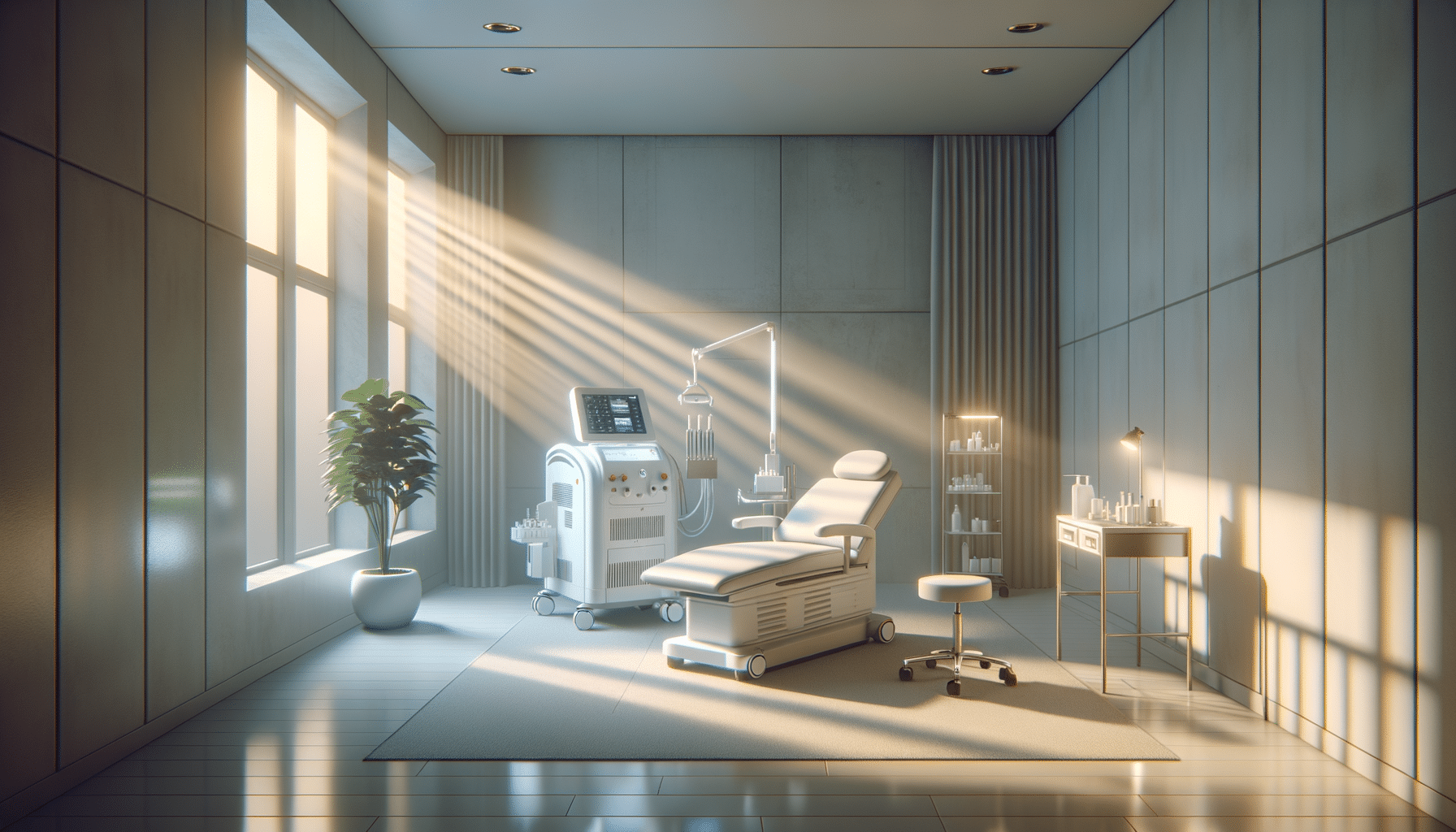
Everything you need to know about laser removal of spider veins
Introduction to Spider Veins and Laser Removal
Spider veins, those small, twisted blood vessels visible under the skin, often appear on the legs and face. They can cause discomfort and self-consciousness for many individuals. While they are generally harmless, their appearance can be distressing, leading many to seek treatment. Among the various methods available, laser removal stands out due to its effectiveness and minimally invasive nature. This article will delve into what to expect during the procedure, how laser removal works, and a deeper understanding of spider veins themselves.
What to Expect During the Procedure
Undergoing laser treatment for spider veins is a straightforward process, but knowing what to expect can alleviate anxiety and prepare you for the experience. Before the procedure, a consultation with a specialist will help determine if laser treatment is suitable for your specific condition. During this session, the specialist will examine your spider veins and discuss your medical history and any medications you are currently taking.
On the day of the procedure, you will be asked to lie down comfortably, and protective eyewear will be provided to shield your eyes from the laser light. The specialist will use a handheld device that emits laser pulses targeting the spider veins. These laser pulses work by heating the blood vessels, causing them to collapse and gradually fade from view. The sensation can be likened to a rubber band snap on the skin, and while it may cause slight discomfort, the procedure is generally well-tolerated.
The duration of the treatment varies depending on the size and number of spider veins but typically lasts between 15 to 45 minutes. Post-procedure, you might experience some redness or swelling, which usually subsides within a few days. It’s crucial to follow the aftercare instructions provided by your specialist to ensure optimal results and minimize any risks of complications.
How Laser Removal Works
Laser vein removal is a sophisticated technique that utilizes focused light energy to eliminate unwanted spider veins. The process begins with the laser emitting a concentrated beam of light that penetrates the skin. This light is absorbed by the blood in the spider veins, converting it into heat. The heat causes the vein walls to collapse and seal shut. Over time, the treated veins are reabsorbed by the body and vanish, leaving clearer skin.
This method is favored because it is non-invasive, meaning there are no incisions or needles involved. It is also precise, targeting only the affected veins without damaging surrounding tissues. Laser treatment is suitable for various skin types and can be adjusted to accommodate the specific needs of each patient. The effectiveness of the procedure can be enhanced by adhering to a series of treatments, as recommended by a healthcare provider.
However, it’s essential to note that while laser removal is highly effective for smaller spider veins, larger varicose veins might require alternative treatments. Consulting with a medical professional will help determine the most appropriate course of action based on the severity of the condition.
Understanding Spider Veins
Spider veins are a common vascular condition that affects millions of people worldwide. They are small, damaged veins that appear close to the surface of the skin and are often red, blue, or purple. Unlike varicose veins, which are larger and can cause significant discomfort, spider veins are typically more of a cosmetic concern.
Several factors contribute to the development of spider veins, including genetics, age, hormonal changes, and lifestyle factors such as prolonged sitting or standing. Women are more likely to develop spider veins than men, largely due to hormonal influences from puberty, pregnancy, and menopause.
Understanding the causes and risk factors of spider veins is crucial in preventing their occurrence. Maintaining a healthy lifestyle, including regular exercise and a balanced diet, can help improve circulation and reduce the risk. Additionally, wearing compression stockings and elevating the legs can alleviate symptoms and prevent new spider veins from forming.
For those already affected, various treatment options are available, with laser removal being a popular choice due to its effectiveness and minimal downtime. However, it’s important to consult with a healthcare professional to explore all available options and choose the best treatment plan for your individual needs.
Conclusion: Is Laser Removal Right for You?
Spider veins, while generally harmless, can be a source of discomfort and self-consciousness. Laser removal offers a promising solution for those looking to improve the appearance of their skin. This procedure is quick, effective, and requires minimal recovery time, making it an attractive option for many.
However, the decision to undergo laser treatment should be made after careful consideration and consultation with a healthcare provider. Factors such as the severity of the veins, skin type, and overall health should be considered to ensure the best possible outcome. By understanding what to expect during the procedure and how it works, individuals can make informed decisions and achieve the desired results.
Ultimately, whether you choose laser removal or another treatment option, it’s important to address spider veins if they are causing distress. With the right approach, you can achieve clearer, healthier-looking skin and boost your confidence.


